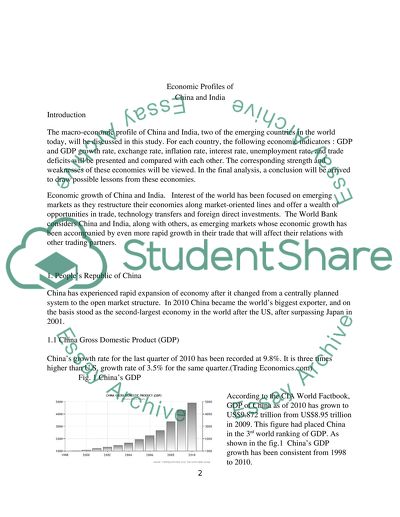Cite this document
(“Macro economics Research Paper Example | Topics and Well Written Essays - 2750 words”, n.d.)
Retrieved from https://studentshare.org/macro-microeconomics/1418226-macro-economics
Retrieved from https://studentshare.org/macro-microeconomics/1418226-macro-economics
(Macro Economics Research Paper Example | Topics and Well Written Essays - 2750 Words)
https://studentshare.org/macro-microeconomics/1418226-macro-economics.
https://studentshare.org/macro-microeconomics/1418226-macro-economics.
“Macro Economics Research Paper Example | Topics and Well Written Essays - 2750 Words”, n.d. https://studentshare.org/macro-microeconomics/1418226-macro-economics.


